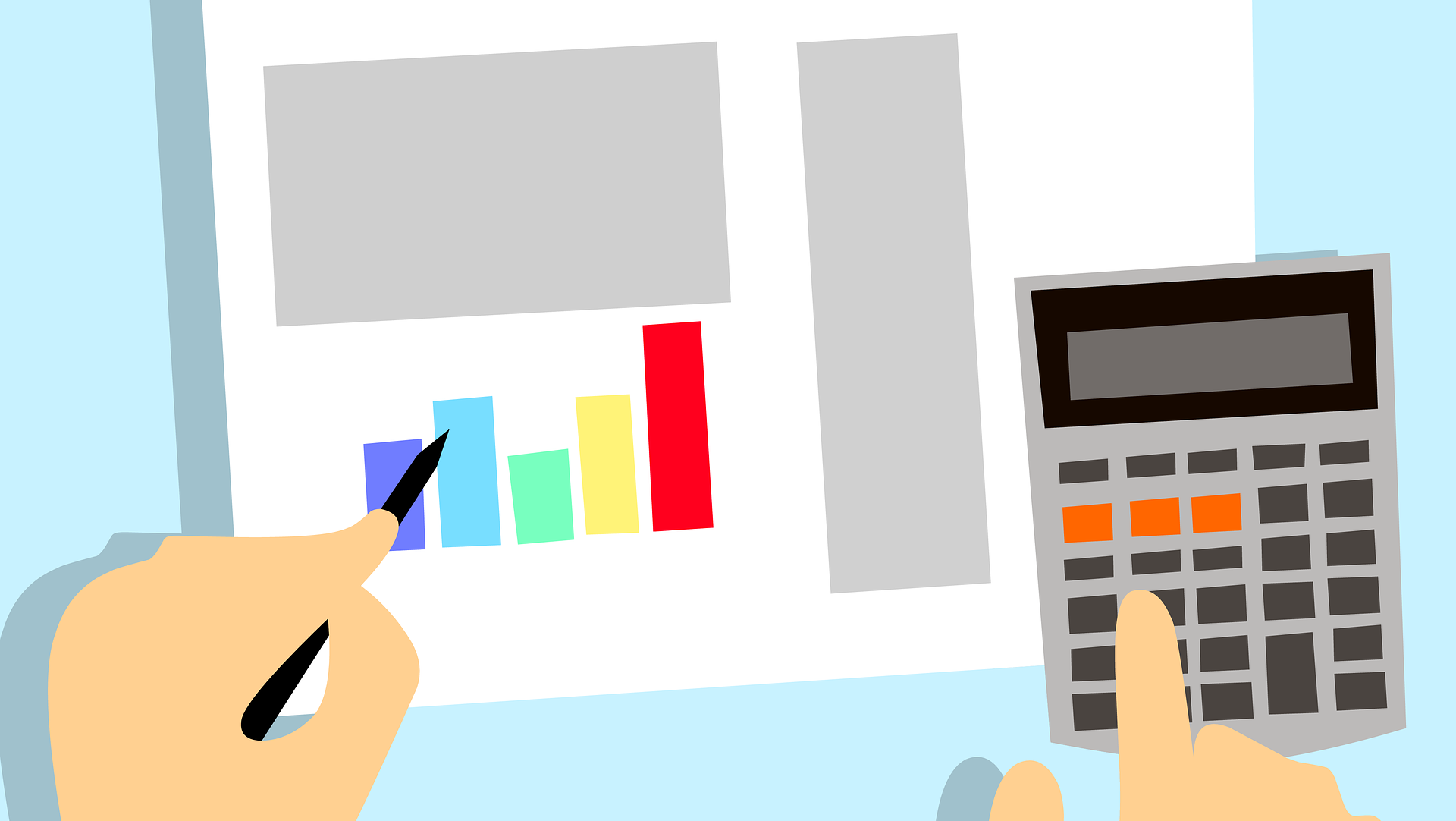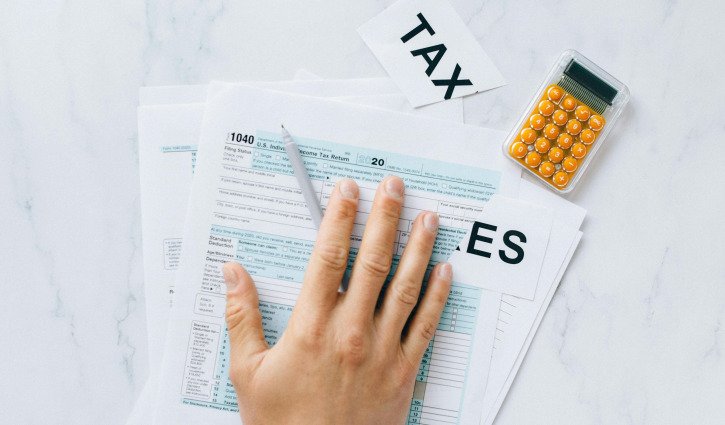While the Australian Taxation Office (ATO) refunds billions of dollars to over three quarters of all taxpayers annually, it can take a little effort to ensure you get as much tax back as you can.
H&R Block estimates that Australian taxpayers receive on average around $2,800 in tax refunds annually.
However, there’s no guarantee that two people earning the same income will receive the same tax refund.
That’s because many Australians fail to maximise the tax deductions they’re legally entitled to, and even worse, ATO estimates suggest around 200,000 taxpayers who failed to lodge tax returns last year would not have received a refund.
Get your financial ducks in a row
While tax deductions are the easiest way to maximise your tax refund, there’s some homework to be done to ensure you maximise the tax you get back.
Much of this homework revolves around good record keeping, to ensure everything you claim as a tax deduction is substantiated with a valid receipt.
For example, if you’re claiming driving expenses for a car you own, make sure they’re dated along with dates and mileage.
It’s no different when claiming back charitable donations for any amount over $2, so make sure you retain all receipts.
What’s in the mix?
Most of the key variables that determine how much tax you get back revolve around legitimate work-related expenses that your employer hasn’t already reimbursed you for.
Unsure of what is tax deductible? Why not check what other people in your job claim as deductions?
But regardless of the industry you’re in, generally speaking, most deductions include expenses related to:
- Vehicle and travel expenses for travelling between work and home.
- Clothing, laundry and dry-cleaning expenses.
- Mobile phone, internet and home phone expenses.
- Overtime meals
- Self-education expenses.
- Tools, equipment and other equipment
- Other work-related deductions, like union fees and professional subscriptions.
- Expenses incurred on things like heating, cooling, lighting while regularly working from home.
Maximising super
Another way to receive a bigger tax refund is by making a personal contribution to your super or by adding to your spouse’s fund before the end of the financial year.
If your spouse earns less than $40,000, a $3000 spouse contribution will deliver a $540 tax rebate.
But anyone with less than $500,000 in superannuation can claim an easy tax deduction of as much as $44,400 before 30 June.
However, given that tax matters relating to investments are inherently complex, it pays to have a professional look at your super plan before the end of the financial year.
As with other investments, having an industry expert review your plans to boost super, while there’s still time, can pay off in spades.
What to do before 30 June
For starters, if you have less than $500,000 in super you should look at whether you’ve contributed less than the maximum allowed under the concessional annual contribution caps over the past five years.
The employer also contributes "salary sacrifice" contributions in addition to mandatory super guarantee contributions.
As a case in point, if you’re on a salary of $200,000, you would have $23,000 paid by your employer as a super guarantee contribution – leaving a gap of $7000 you didn’t salary sacrifice.
Remember, given that the caps have risen over the past five years, from $25,000 to $30,000, it’s possible to contribute any collectively accumulated unused super amount. You can also claim a tax deduction against it.
If you add up the shortfall between the compulsory contributions and the cap each year over the past five years – on a salary of $200,000 - you’ve got $38,000 to play with.
If you’re unclear of the benefits of maximising unused concessional contributions it's simple:
Instead of being taxed at your marginal tax rate – in the above case 47% - you’ll pay just 15% tax on super.
Investment costs or other items
Meanwhile, it may also be worth considering offsetting the loss you’re carrying on any assets (like shares and units) against a profit made on the sale of other assets, on which capital gains tax is now payable.
A timely review of the income protection insurance (you already have through your super), can also result in tax benefits.
That’s because a policy taken out in your own name (this financial year) can be claimed against assessable income, thereby potentially reducing the up-front cost of protecting your income.
Similarly, if you earn more than $97,000 (singles) or $194,000 (families and couples), you can avoid the Medicare Levy Surcharge (calculated at the rate of 1% to 1.5% of your income) by having hospital cover.
In addition to providing the cover you need, it may also be cheaper than the surcharge itself.
To ensure any of these measures achieve the desired tax deductibility necessary to maximise your refund, it’s important not to leave them too late for eligibility in the current financial year.
How much tax should you pay?
One of the key determinants of how much income tax you pay, and how much you get back as a refund depends on how well you’ve maximised the dedications you’re entitled to claim.
Some people are better at this than others, which explains why the amount paid in tax, based on tax rates alone, isn’t a level playing field.
Most of these deductions relate to what the ATO deems claimable out-of-pocket costs incurred on the job that your employer hasn’t already covered you for.
But remember to keep all your receipts.
What you’re entitled to claim as a legitimate work-related deduction can depend on many factors.
Generally speaking, key criteria for deductibility tend to be around things like travel, special clothing you’re required wear at work, phone and internet costs, tools and other gear used on the job.
Then there’s a plethora of additional job-related expenses you can also claim back, including certain training costs, fees for regulatory compliance or subscriptions/memberships to professional bodies or unions.
Other key determinants at the personal level
However, the above-mentioned ‘deductibility’ is only half the story when it comes to explaining why co-workers, earning the same income, can end up paying different amounts of tax.
Drill down below these work-related expenses, and there’s another layer of variables that directly impact the tax people pay.
How Australians are impacted by provisions – tax breaks and concessions - within the tax system are generally determined by their own individual circumstances.
Given that the criteria for determining these provisions are subject to a complex set of ATO guidelines, those in doubt should seek early the guidance of experienced industry professionals.
Some of the key measures relate to:
A) Occupation: The rules for claiming deductions differ between employees and independent contractors. There are also special rules for people who earn personal services income.
B) Employment status: Whether you’re an employee working part-time or full-time, or self-employed can impact how much tax you pay.
C) Marital status and number of dependents: Specific tax treatments relate to anyone with a spouse, while family tax benefits help those raising children.
D) Government benefits: A beneficiary tax offset is available if you receive certain Australian Government allowances and payments.
E) Financial activity: There are tax rebates for making a personal contribution to your super or by adding to your spouse’s fund before the end of the financial year.
Specific tax considerations also relate to investors.
But given the complexity associated with buying and/or selling assets, having a professional correctly review the appropriateness and timeliness of your strategy can be highly beneficial.
Don’t jump too soon
While Labor’s plan is to impose a new tax on super balances greater than $3 million - and to apply that tax to unrealised gains – there’s a danger in reacting too soon.
It’s important to note that these provisions – dubbed the Division 296 tax - have met with a mountain of opposition and still need to go through parliament.
Given that they may end up being amended, or at very least modified, some advisers suggest holding fire until it finally becomes law.
However, in preparation for the tax, those with properties in their self-managed super fund would ensure current valuations.
For example, ensuring your properties truly match the market value on 1 July 2025 would be better than having a large rise in value recorded in future years that will only trigger higher division 296 taxes.
This article does not constitute financial or product advice. You should consider independent advice before making financial decisions.



